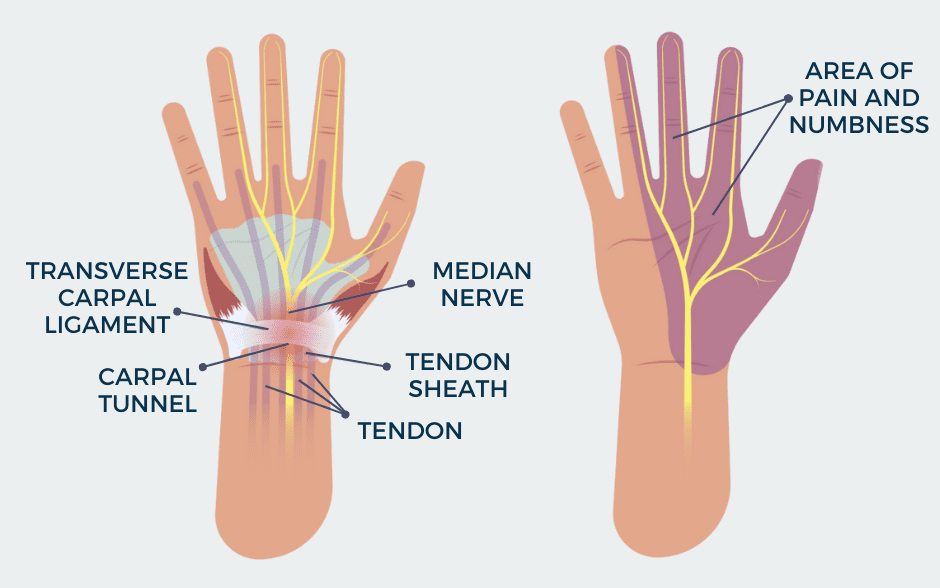Pre- and Post-Surgery Physical Therapy: The Key to Longevity
We all want to stay active for as long as possible. Whether it’s traveling, playing your favorite sport, or tending to your garden, maintaining mobility is key to enjoying life. So, when surgery becomes a possibility, it’s natural to wonder: what comes next?
Planning for surgery isn’t just about the procedure itself—it’s about preparing for life afterward. How long will you be immobile? Will daily activities like climbing stairs or using the restroom be difficult? Will you need crutches or a walker? Being prepared with a professional pre- and post-surgery physical therapy team can make the difference in getting back on your feet quickly and safely.
Benefits of Pre-Surgery Physical Therapy
Preoperative pre- and post-operative therapy can dramatically shorten post-surgery recovery. A skilled physical therapist will create a personalized care plan, combining manual therapy with exercises to improve overall fitness. The goals include:
- Strengthening muscles
- Increasing flexibility and endurance
- Regaining mobility and independence
If mobility aids such as walkers or crutches are required after surgery, therapists ensure patients use them safely. Improperly fitted devices can lead to shoulder, arm, or neck pain. For instance, one of our patients underwent an unplanned knee surgery and was never taught how to use a cane properly. By the time he arrived at our clinic, he was experiencing severe shoulder and neck pain due to incorrect cane use and unsafe stair navigation. Proper preoperative guidance can prevent these complications.
Post-Surgery Rehabilitation
Certain surgeries almost always require pre- and post-surgery physical therapy, including:
- Back, neck, shoulder, elbow, knee, ankle, and foot injuries
- Hip, knee, shoulder, and ankle replacements
- Shoulder and knee arthroscopy
- Abdominal, thoracic, and pelvic floor procedures
A tailored pre- and post-surgery physical therapy program helps prevent complications, improves circulation, oxygenates tissues, reduces pain and swelling, and prevents muscle atrophy. Abdominal and thoracic surgeries, in particular, often leave scars and adhesions. Without proper therapy, these can affect digestive or respiratory function. Targeted manual therapy from a trained professional is essential for full recovery.
Real-Life Success: Mary’s Story
Mary, one of our patients, had both knees and her right shoulder replaced. In her seventies, she wanted to continue traveling but her painful knees made it impossible.
- Preoperative preparation: Mary exercised three times a week under a therapist’s guidance and at home using a personalized plan.
- Postoperative rehab: She attended therapy sessions at our clinic and later joined our wellness program.
Thanks to her pre- and post-surgery physical therapy, Mary’s recovery was smooth each time. At nearly 78, she continues to travel and stay active—proof that age doesn’t have to limit mobility.
Stay Active, Live Longer
A study by the National Institutes of Health found that seniors who skip a surgery rehab program face higher risks of post-surgical complications. Lack of activity leads to weak muscles and reduced heart and lung capacity.
A structured surgery rehab program can:
- Maintain independence
- Support safe pain management without strong medications
- Improve mood and mental health through natural endorphin release
- Reduce recovery time
Therapy isn’t just about healing—it’s about empowering patients to live active, fulfilling lives after surgery.
Read more about post-surgery issues, physical therapy for adhesions and scar tissue, and how we can help with Fascial Counterstrain.



















